|
Tucks are mostly used for decorative purposes and are a great way to add a high-end design quality to any garment. Tucks are made by straight stitching a fold of fabric. Think of them as pleats whose folds actually get stitched together. Once sewn they are ironed and stay-stitched horizontally in a specific direction according to the design. Some of the most common tucks are pin tucks, dart tucks, blind tucks and spaced tucks. These tucks are very simple and come in different widths and alignments. Because a tuck is represented by a single fold, the width of the tuck is calculated by measuring the distance from the fold to the stitched line. The tuck's fold can be located either on the inside or outside of the garment (according to design specifications). Although most of the tucks mentioned above are used for decorative purposes, dart tucks can also be used to control shape and fullness and sometimes affect the fit of the garment. In this sewing tutorial we'll show you how to transfer tuck markings from your sewing pattern to the fabric as well as how to sew some of the most common tucks listed above! Before we get started on the sewing steps, you should have a better understanding of the most common tucks: Basic Tucks Pin Tucks: Pin tucks are very thin folds of fabric that are stitched and ironed to one side. They are used on lightweight fabrics for blouses and dresses as well as various tailored items like trousers, blazers and jackets. Pin tucks are very narrow and subtle but they make a huge difference to the design of a garment. Although they don't effect fit, pin tucks can give the illusion of a slender, taller figure. Blind Tucks: As a basic tuck, a regular blind tuck is folded using the same method as a pin tuck but is usually wider and aligned so that the fold of each one of the tucks meet each other. In other words, if you take a look at the raw edge of a blind tucked fabric, you will notice that the next fold starts where the last fold ended as shown below. For that reason, blind tucks are always aligned evenly, maintaining the same distance from fold to fold. Spaced Tuck: A spaced tuck is constructed the same way as a blind tuck except that it's folds do not start where another one ends, but rather with some space in between. Spaced tucks are a more spread out. The distance between the folds can be equal and evenly spread out or require uneven spacing. As opposed to blind tucks, spaced tucks don't always have to be aligned at an equal distance to one another. Special Tucks: Dart Tuck A dart tuck is a special tuck that is usually used to control fullness by stitching it down and then releasing it at a single point or in the case of a double pointed tuck- at two points. Although also decorative, a dart tuck can influence the shape an fit of a garment. Dart tucks are common on dresses and skirts at the bust, waits and hip area. A dart tuck can either be stitched and released on one side or on both sides depending on the design you are working on. Top stitching is also common on dart tucks. Marking and Sewing Tucks How To Mark a Basic Tuck On Fabric: Tucks are easy to recognize on a sewing pattern because they are usually represented by equally spaced vertical or horizontal lines. Most tuck lines are aligned parallel to the grain and in most cases, have notches at each one of the lines' ends. The notches will help mark and fold the fabric easier and more accurately. 1. Cut out the sewing pattern that has the tucks using your regular pattern-cutting method. For your convenience, we've marked each tuck line with its corresponding description. You will notice that located between two stitch lines is the fold-line. The fold-line will eventually be folded ensuring that both stitch-lines meet, thus getting sewn together. Transfer your tuck markings from sewing pattern onto the fabric. In order to transfer the tuck lines to the fabric you must: 2. Clip the notches at each one of the line edges, cutting at about 1/4" in with your scissors. 3. Transfer the actual fold and stitch lines of the tucks to the fabric by using either a few pins and a fabric marking pencil or a tracing wheel and tracing paper. In this tutorial we're using the pins and marking pencil method: Insert pins vertically along the tuck lines making sure to include the layer of fabric underneath as you pin.
Sewing Basic Tucks: 1. Fold along the fold line, ensuring that both stitch lines match. 2. Use your iron to press this fold down. Ironing not only stabilizes the fold but it also makes it easier to handle and work with in the sewing process. 3. Place a few pins through both layers of fabric thus matching and connecting the stitch lines. You can also baste this fold in place for more accurate, easy sewing. 4. Repeat the folding, ironing and pinning process described above for all remaining tucks. Note: Make sure that as you fold and pin, your stitch-lines and notches are aligned properly. 5. Starting at one of the edges (preferably from hem up), stitch on your sewing machine following the marked stitch-line on your fabric precisely. Back-stitch either at the beginning or end for a durable finish. Repeat this process described above to sew the rest of the tucks. 6. For a clean finish, iron each individual tuck then iron down all the tucks towards one side as shown. If you're working with delicate fabrics, use an ironing cloth. 6. As a final step, apply a straight stitch along the edge of the pleated fabric in order to stabilize their direction and keep them flat when sewn into a seam. As long as you are able recognize the two stitch lines and the fold line of a tuck on your sewing pattern, you can use the simple technique described above to sew most basic darts. However, if you are adding a lot of tucks to a clothing items, it can be easier to prep and sew the tucks on the fabric before cutting out the sewing pattern. Sometimes, it is much easier to mark, fold and stitch a square or rectangular shape, so this method can save you some time. Sewing and Marking Single Pointed Dart Tucks Dart tucks are a specialized darts that in addition to being decorative, also serve as a shaping tool. A dart tuck is similar to a regular dart in structure, but as opposed to being sewn to a vanishing point they are stitched to a specified point on the dart leg. When stitched to this specific point, they are able to release fullness. Below, we'll show you how to sew a dart tuck that is released at a single point. 1. Cut out your sewing pattern. You'll notice below, that a single pointed dart tuck looks a lot like a regular single pointed dart. The only difference is that instead of being sewn into a vanishing point, the stitch actually stops at a dash line which creates a way to contain and release some fullness at the bottom. A single pointed dart is composed of two stitch lines, a fold-line positioned right down the middle, and two sew-to marks (dashes) that are matched when the dart is folded. Just like a regular dart, a single pointed dart-tuck also has notches in the seam allowance displaying where each line starts. 2. Once you've cut your pattern, clip the notches at each end at about 1/4" with your scissors. If you're working with triangle notches, mark them using your regular method. 3. Place a few pins along the stitch-lines, fold line, and sew-to dashes on your pattern making sure you also go through the fabric underneath as you pin. 4. Turn the sewing pattern so that the fabric is facing you. Using your fabric marking pencil mark dashes on each end of the pins that are showing. Make sure you also transfer your horizontal dashes at the bottom. 5. Remove the pins and the sewing pattern and using your ruler, draw straight lines from notch to horizontal dash lines. Use your ruler to also add the middle fold line. 6. Once all your markings are transferred, fold the dart tuck down it's center fold-line so that the two notches and stitch-lines match up. Place a few pins through both layers to fold the stitch-lines together. Iron the fold for more stability. 7. Starting at the notches, sew a straight stitch from notch down to the horizontal dash. Back-stitch to reinforce. 8. Iron the tuck's excess to which ever side the design calls for. Sewing and Marking a Double Pointed Dart Tuck A double pointed dart tuck looks a lot like a double pointed dart but as opposed to having two vanishing points, it allows fullness to be released at both ends of the stitch. You will see the horizontal dashes placed towards the top and bottom along both dart legs. 1. Transfer the dart legs, center line and these horizontal dashes to your fabric. Insert pins along the two stitch-lines and fold-line, as well as horizontally on the sew-to dashes located at the top and bottom of the dart tuck. Make sure you pin through the fabric at the back. 2. Turn the pinned pattern so that the fabric is facing you and using your fabric marking pencil, add dash lines along the showing pins. Don't forget to also transfer the horizontal dashes at the top and bottom which will serve as your sew-to marks. 3. Using a ruler, connect all the markings as shown below. Mark the middle fold line with a straight line. 4. Fold your fabric down the center along the fold line so that the dart legs are matching. Place a few pins to hold the two layers of fabric together at the dart leg. 4. On your sewing machine, apply a straight stitch starting at the top dash line and following the stitch line down to the bottom dash line. Make sure you back-stitch both at the beginning and end for a durable finish. 5. Iron the excess fabric to one side as specified by your design.
9 Comments
;)
10/13/2017 12:39:05 pm
Very
Reply
Evette Swamidas Mark
5/4/2018 11:20:59 pm
It was a really helpful tutorial for a beginner like me who hasn't tried anything in stitching before... loved it 😀
Reply
Sandy
7/25/2018 08:39:32 am
Awesome tutorial. Thank you so much
Reply
Gloria Doerner
11/18/2020 02:16:49 pm
Wonderful explanations and photos. Thank you very much!
Reply
Susan
5/5/2022 04:49:00 am
Thanks!!!
Reply
Lola
9/28/2023 04:38:48 am
It was very helpful considering I didn't know about a tuck before.This article is an eye opener of tucks to me.
Reply
Julie Harman
10/22/2023 04:33:12 pm
My pattern has 2 horizontal tucks, for each there is a fold line and a stitch line. Think I have folded it wrong as I have barely any fabric left to attach bottom of skirt! Any advice would be appreciated
Reply
Leave a Reply. |
The Blog:A journey into our design process, sewing tutorials, fashion tips, and all the inspiring people and things we love. Doina AlexeiDesigner by trade and dressmaker at heart. I spend most of my days obsessing over new fabrics and daydreaming new ideas. Sadie
Executive Assistant & Client Relations Manager Archives
November 2019
Categories
All
|
-
Sewing Tutorials
-
Basics
>
- Aligning Pattern Grainlines To Fabric
- Preparing Fabrics For Sewing
- Pinning Sewing Patterns To Fabric
- Placing Sewing Patterns On Fabric For Cutting
- Rotary Cutters or Fabric Scissors?
- Cutting The Sewing Patterns
- What Are Notches And How To Use Them In The Sewing Process
- Transferring Notches From Pattern To Fabric
- Transferring Seamlines to Fabric
- Staystitching
- Backstitching: A Complete Guide
- Hand Basting: A Complete Guide
- Sewing Continuous Bias Binding
- Darts >
-
Sewing Seams
>
- The Basics Of Seams And Seam Allowance
- How To Sew A Straight Seam
- Sewing Curved Seams
- Sewing Corner Seams
- Trimming And Grading Seam Excess
- Notching/Clipping Seam Allowance for Tension Release
- Sewing Topstitched Seams
- Sewing Corded Seams
- Sewing A Slot Seam
- Sewing A Gathered Seam
- Sewing Bias Seams
- Sewing Seams With Ease
- Sewing Seams With Crossing Seamlines
- Sewing Unlike Fabric Seams
- How To Iron Seams: Ironing Tools And Conventions
- Sewing With Knit Fabrics
- Understanding Stitch Length And Tension
- Sewing Unique Fabric Seams
-
Seam Finishes
>
- Seam Finishing Techniques - Overview
- Applying A Pinked Seam Finish
- Applying A Bias Bound Seam Finish
- Serging And Zigzag Seam Finishes
- Sewing A Self-Bound Seam Finish
- Sewing A French Seam Finish
- Sewing A Hong Kong Seam Finish
- Sewing A Mock French Seam Finish
- Sewing A Turned-and-Stitched Seam Finish
- Sewing Overcast Hand-Applied Seam Finishes
- Sewing A Flat Felled Seam
- Sewing A Hairline Seam Finish
-
Hem Finishes
>
- Garment Hem Finishes: Overview
- Sewing A Double Fold Hem Finish
- Sewing A Single Fold Hem Finish
- Sewing Bound Hem Finishes
- Sewing An Exposed Double Layer Bound Hem
- Sewing A Folded-Up Bound Hem with Pre-folded Binding
- Sewing A Hong Kong Hem Finish
- Sewing A Band Hem Finish
- Sewing A Bias Faced Hem Finish
- Sewing A Twill Tape Hem Finish
- Sewing A Rolled Hem Finish
- Sewing A Shaped Hem Facing
- Using Fusible Hem Tape And Webbing
- Finishing A Lace Fabric Hem
- Finishing A Leather Hem
- Sewing Faced Hem Corners
- How To Finish Lining At The Hem
- Finishing Fabric Corners by Mitering >
- Interfacing A Hemline: Lined And Unlined Examples
-
Sewing Pockets
>
- Curved Patch Pocket With Flap
- Unlined Square Patch Pockets
- Lined Patch Pockets: Two Ways
- Extension On-Seam Pockets
- Separate On-Seam Pocket
- Front Hip Pockets
- Bound Double Welt Pocket
- Double Welt Pocket With Flap
- Self-Welt Pocket (Using Single Fabric Layer)
- Slanted Welt Pocket (Hand-Stitched)
- Faced Slash Pockets: Overview >
-
Sewing Zippers
>
- Sewing Zippers: General Information
- Sewing A Centered Zipper
- Sewing A Lapped Zipper
- Sewing An Invisible Zipper
- Sewing A Fly Front Zipper
- Sewing A Closed-End Exposed Zipper (No Seam)
- Sewing An Exposed Separating Zipper
- Sewing Hand Stitched Zipper Applications
- Sewing A Zipper Underlay
- Sewing A Placket-Enclosed Separating Zipper
- Sleeveless Finishes >
-
Neckline Finishes
>
- Sewing A Neck Shaped Facing
- Sewing An All-In-One Neck Facing
- Neck And Garment Opening Combination Facings >
- Sewing A Bias Faced Neckline Finish
- Sewing A Band Neckline Finish
- Bound Neckline Finishes: Overview >
- Sewing A Semi-Stretch Strip Band Neckline
- Ribbed Neck Band And Classic Turtleneck
- Decorative Neckline Finishes >
- Finishing Facing Edges >
-
Extras
>
- A Complete Guide on Interfacing
- Sewing Bound Spaghetti Straps
- Sewing Spaghetti Straps To A Faced Neckline
- Sewing Ruffles: Overview
- Patterning And Sewing A Circle Ruffle
- Sewing A Gathered Heading Ruffle
- Sewing Double Layer Gathered Ruffles
- Sewing A Gathered Ruffle Into A Seam
- Sewing A Gathered Ruffle To A Fabric Edge
- Sewing A Fabric Surface Slit
- Sewing A Slit Seam
- Hand-Applied Straight Stitches
- Hand-Applied Blind Stitches
- Hand-Applied Overedge Stitches
- Hand-Applied Tack Stitches
- Hand-Applied Decorative Stitches
-
Basics
>
- Custom Bridal
- Custom Apparel
- About
- Blog
Services |
Company |
|

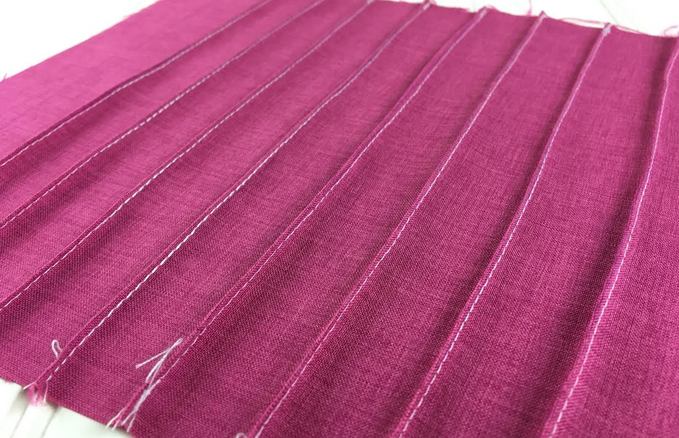
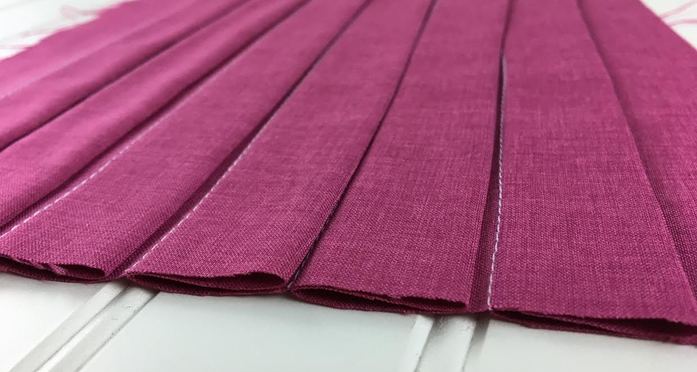
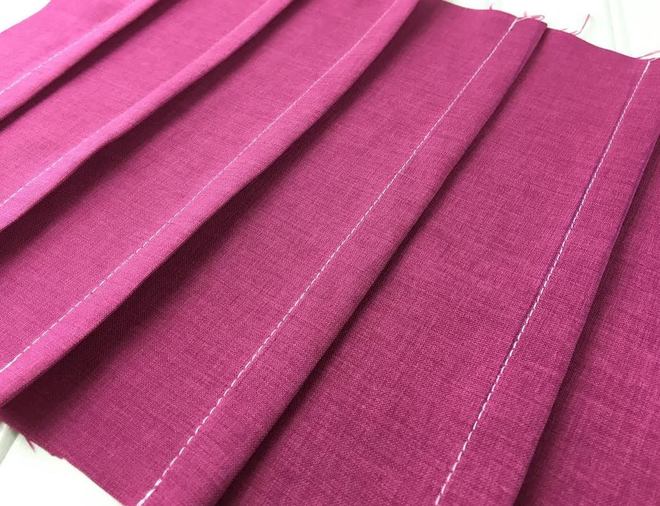
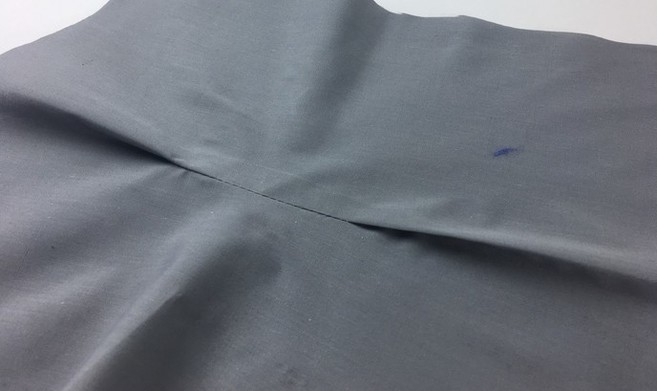
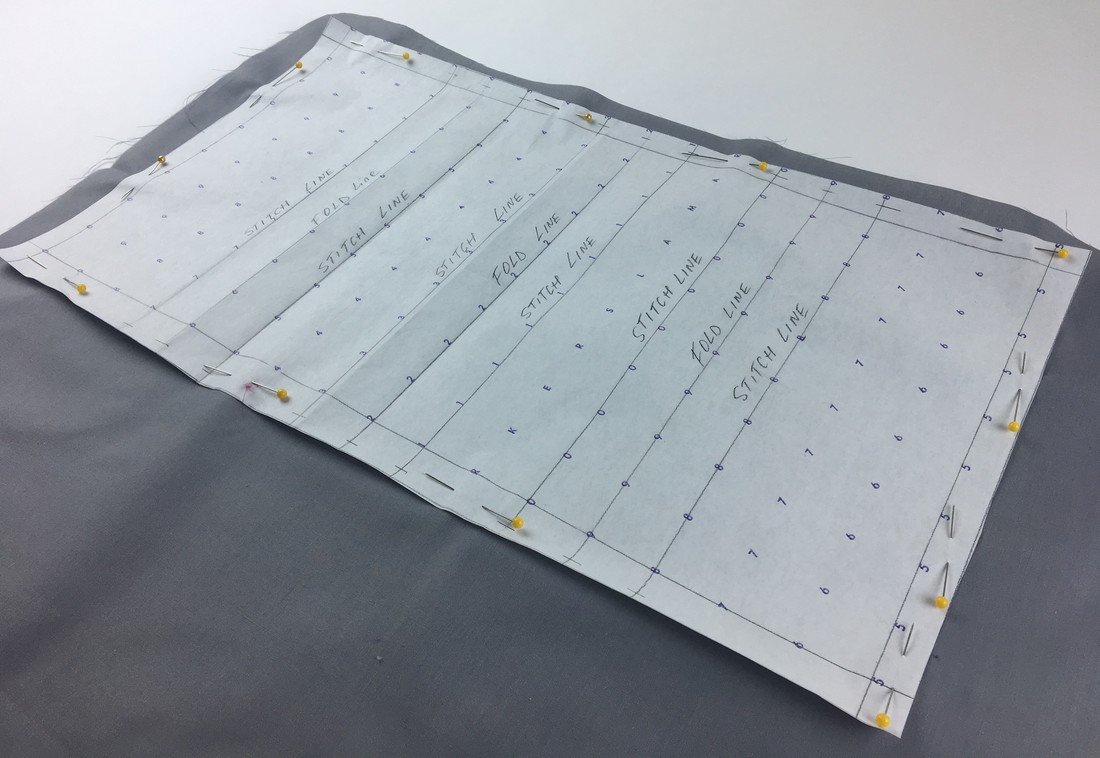
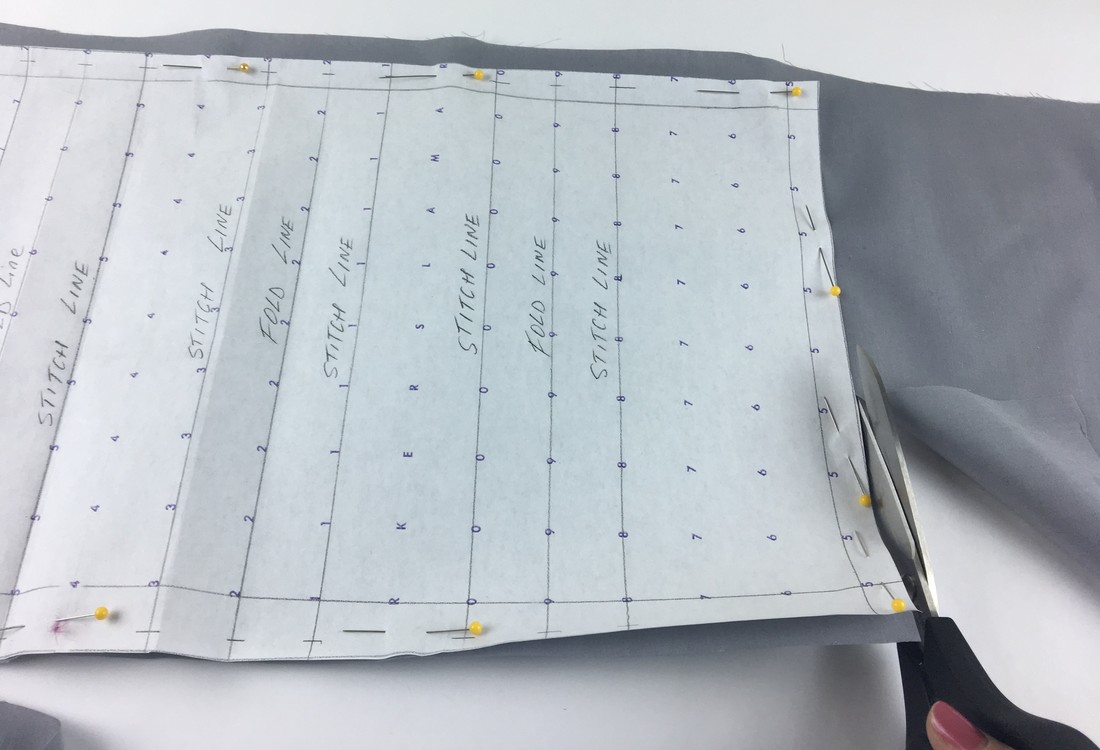
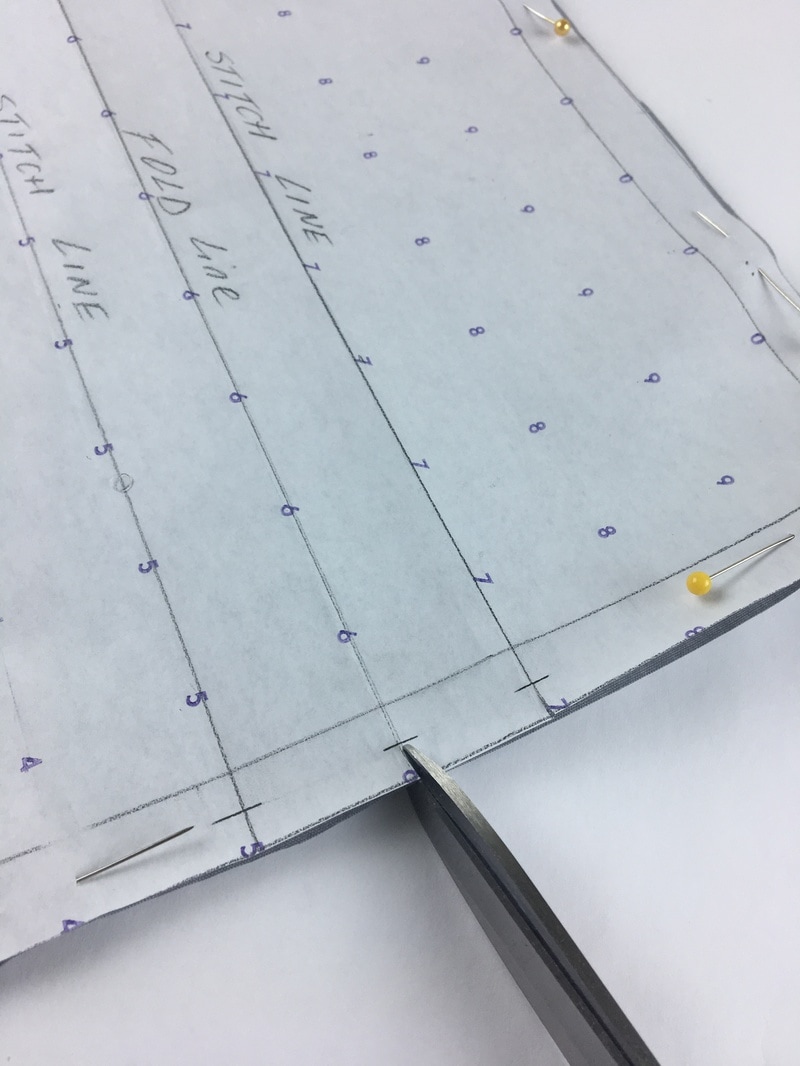
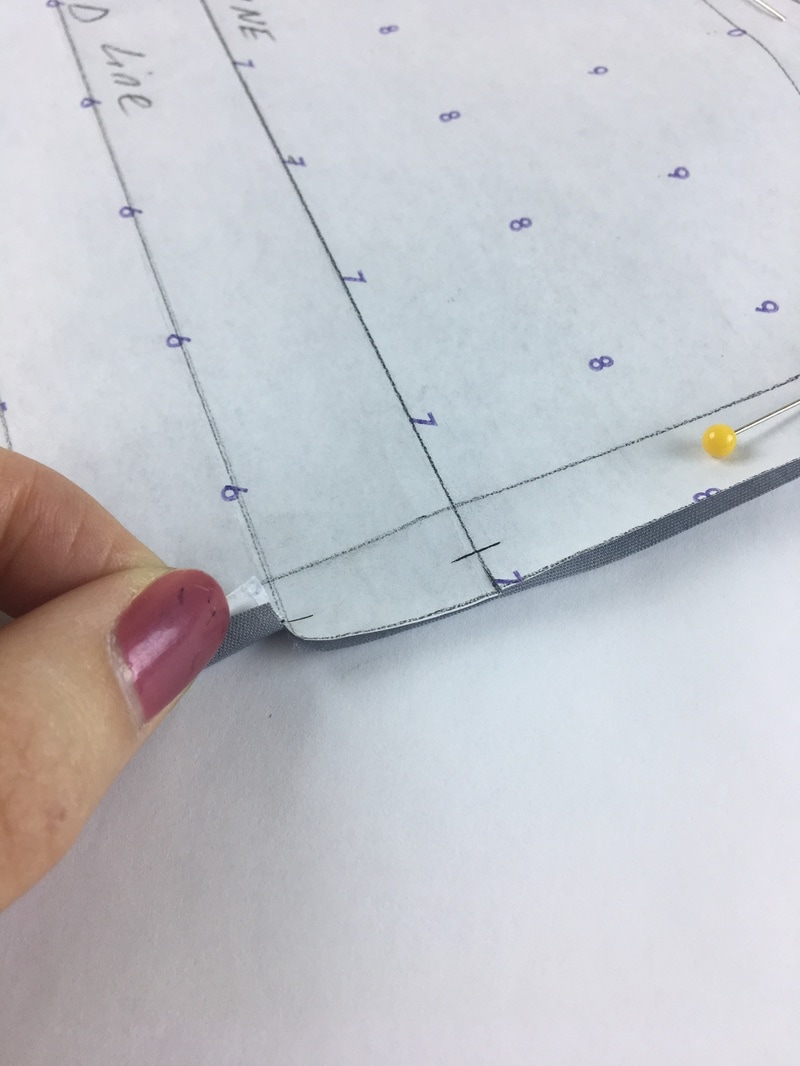
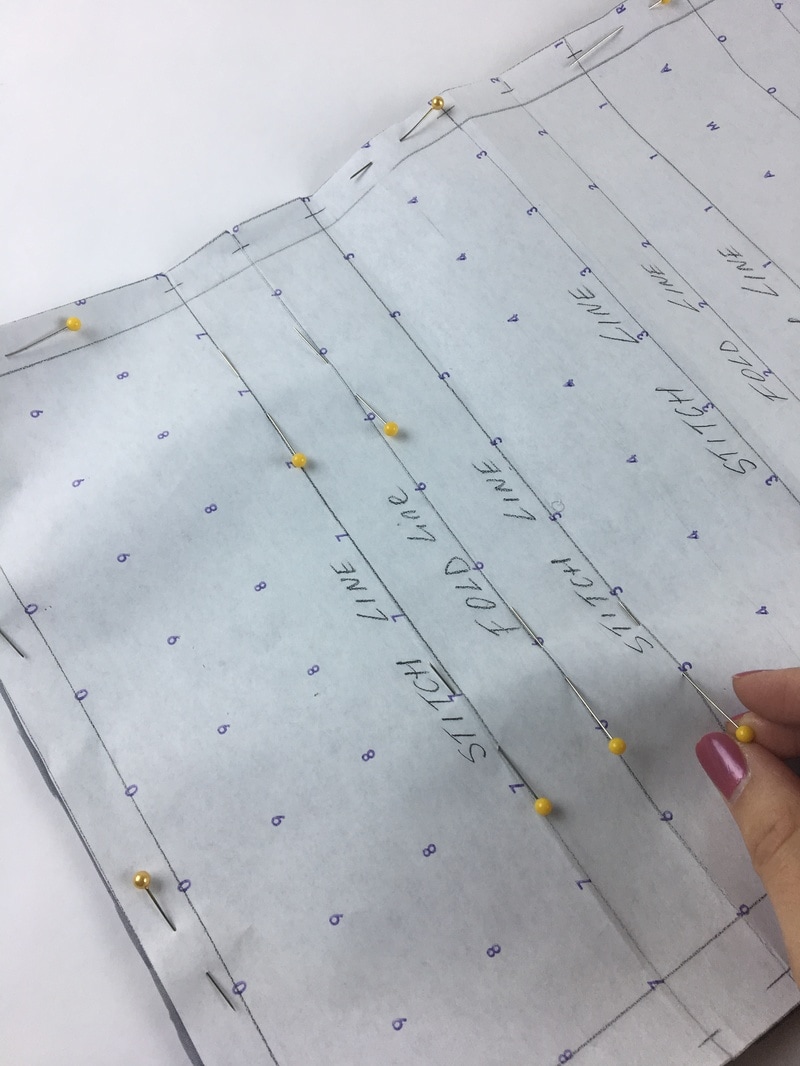
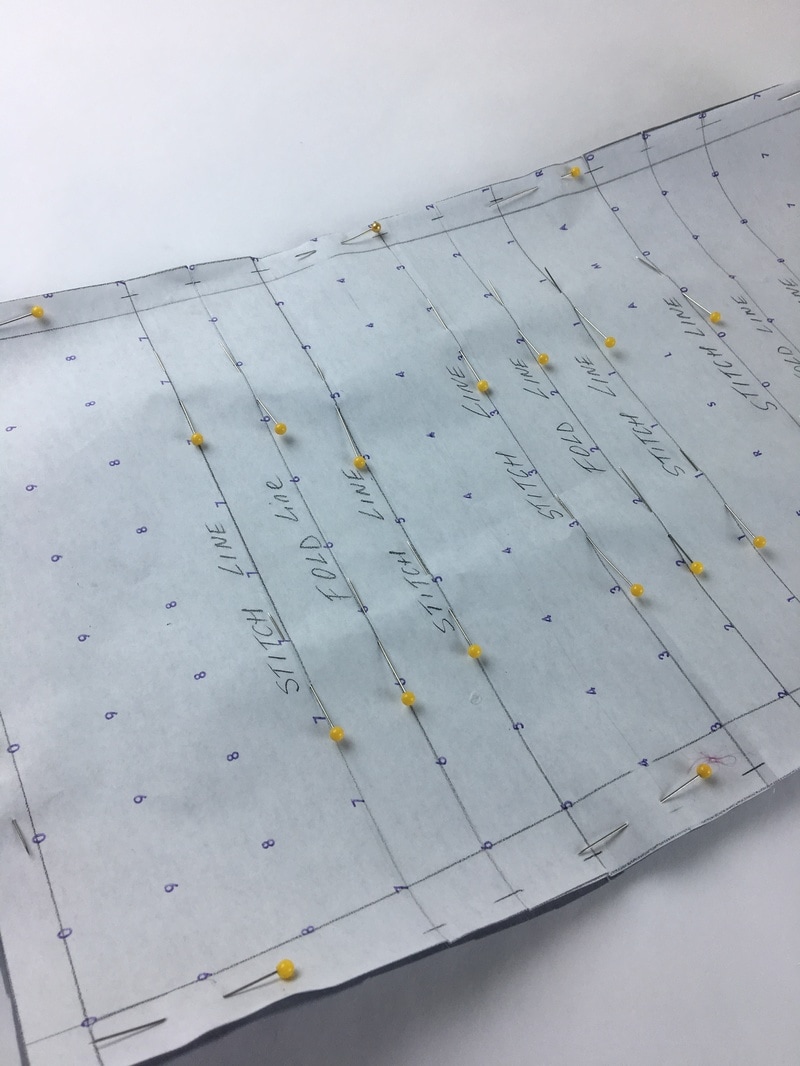
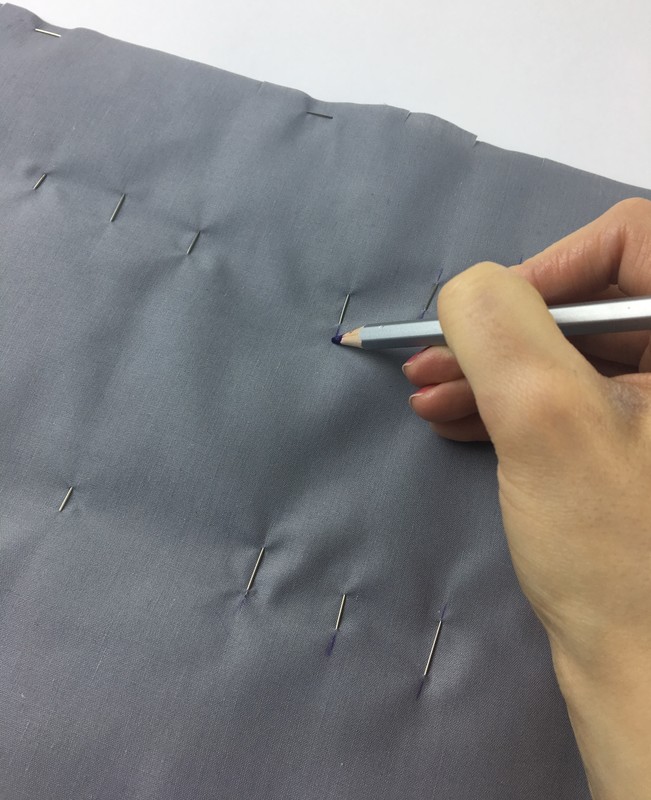
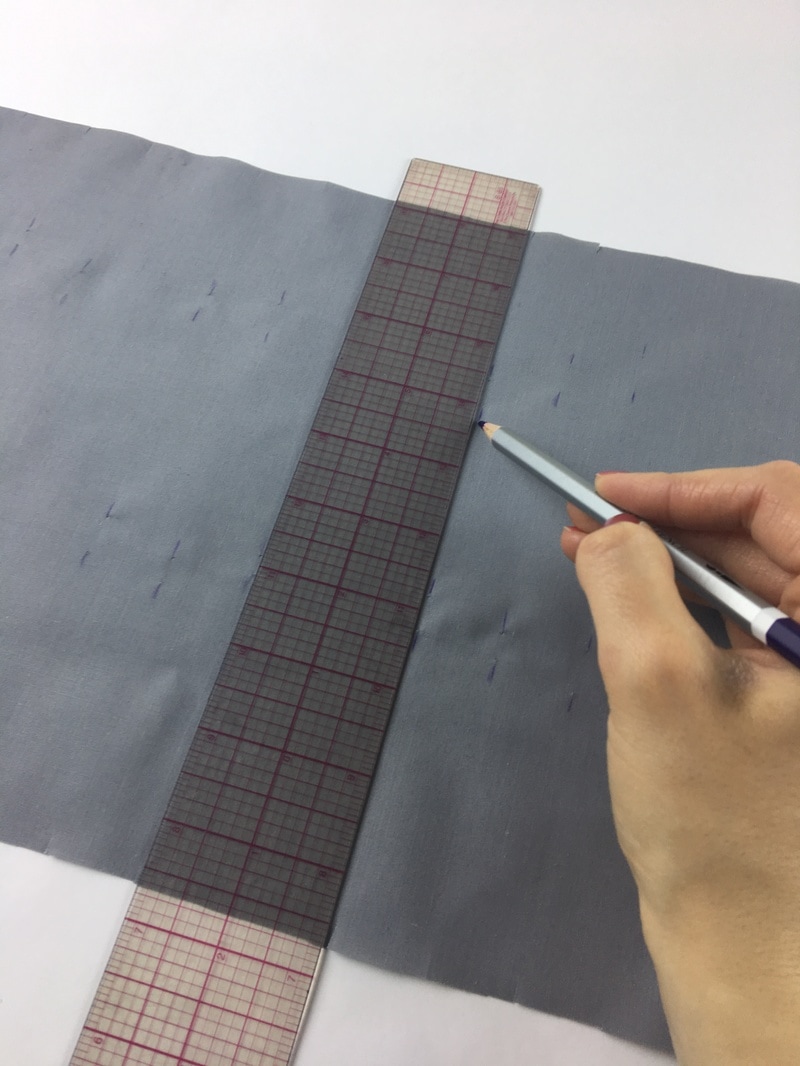
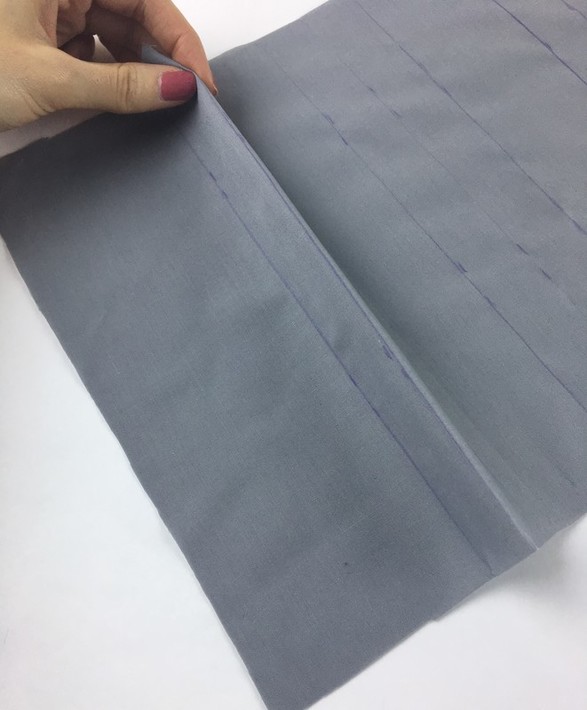
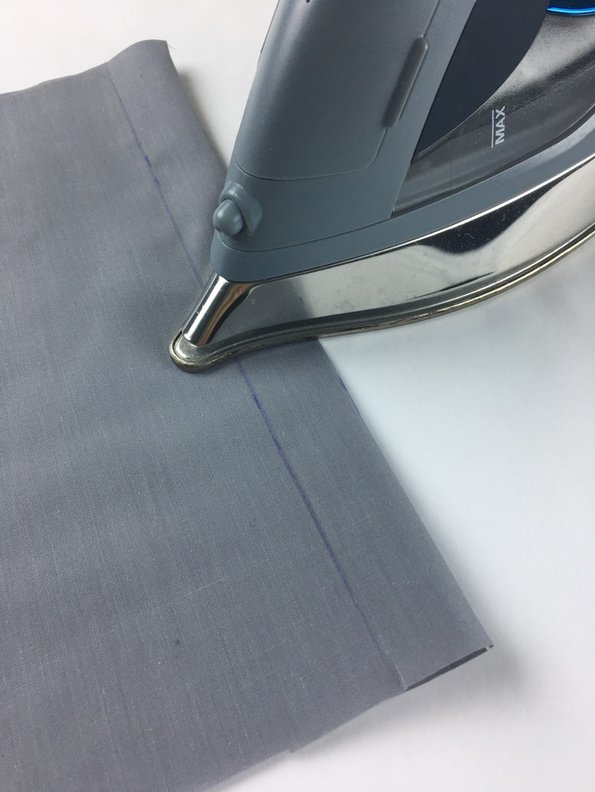
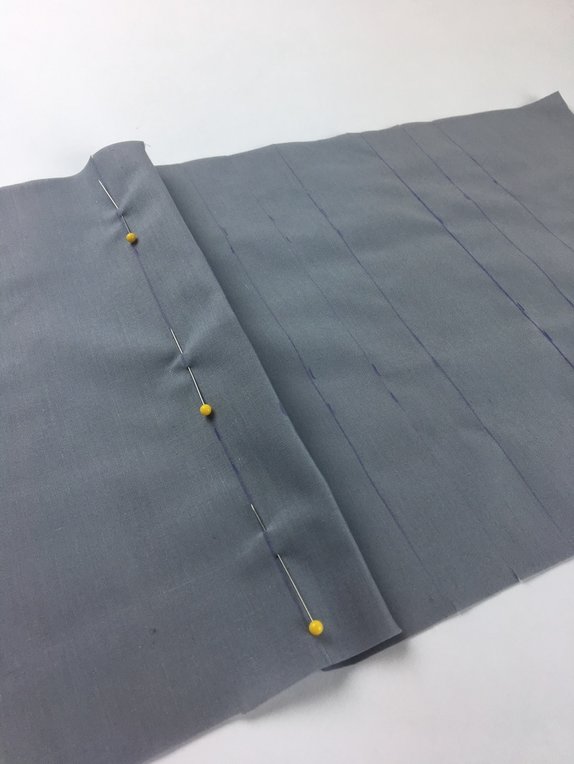
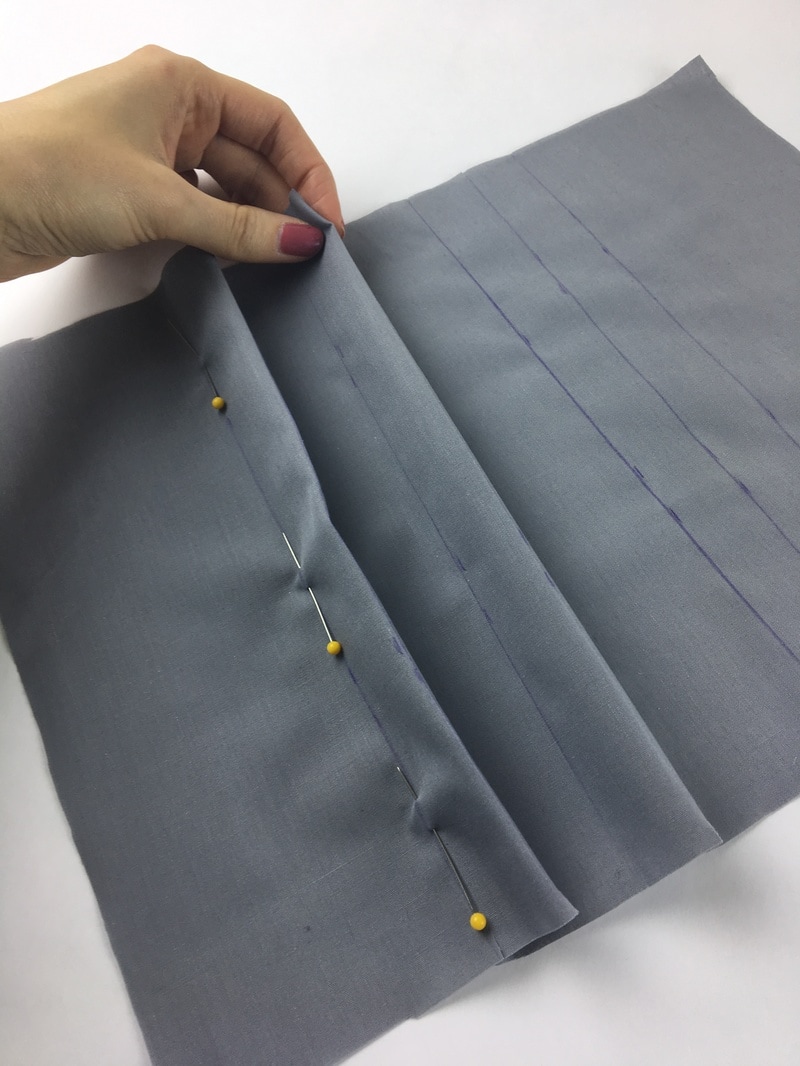
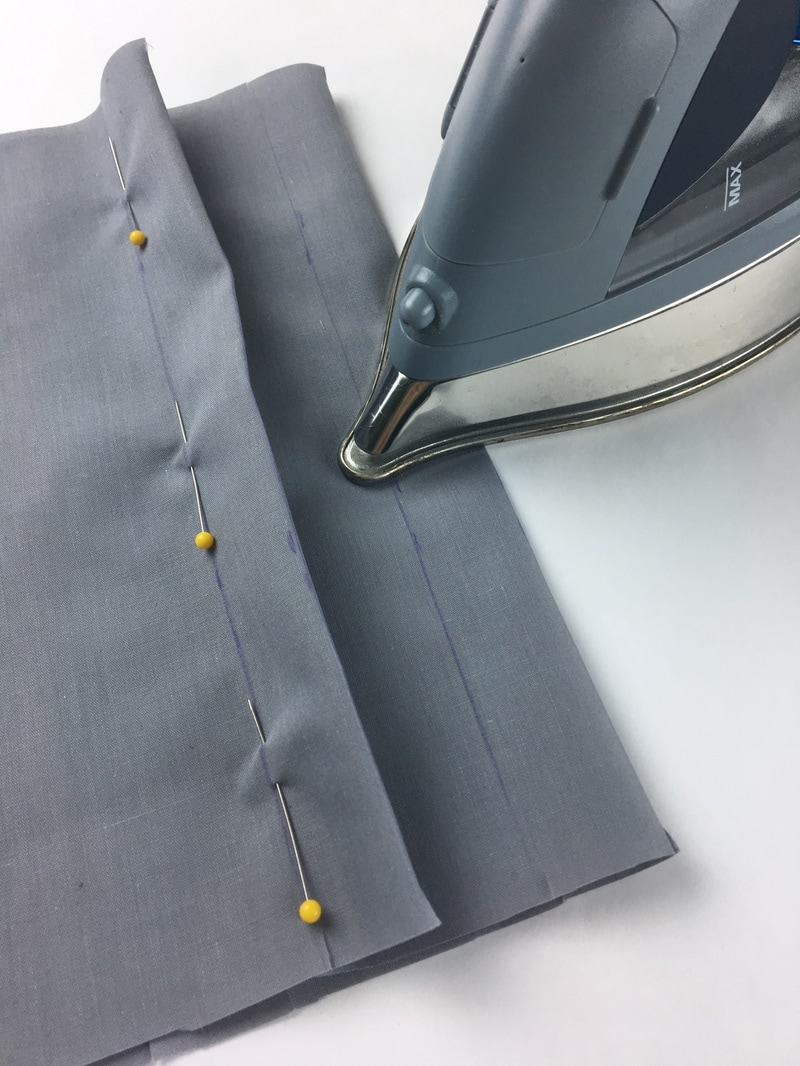
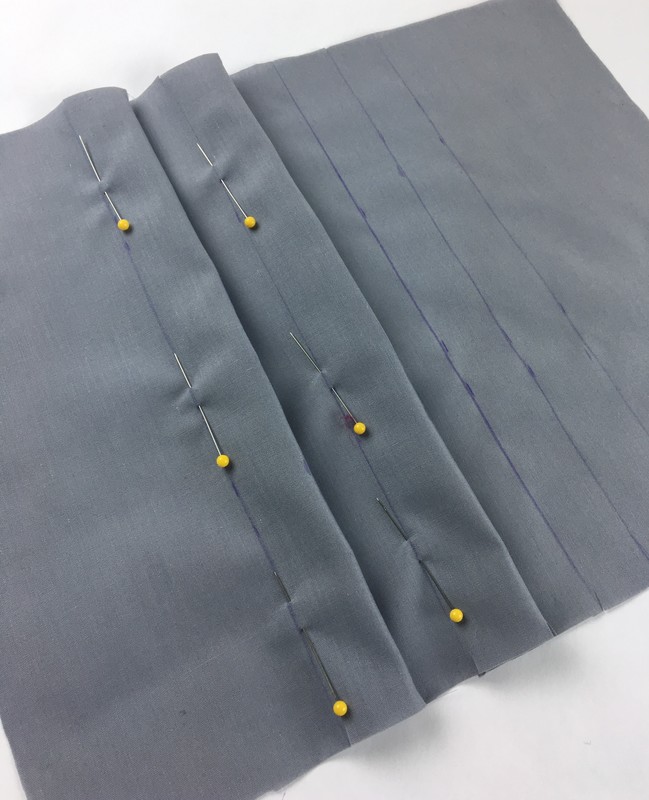
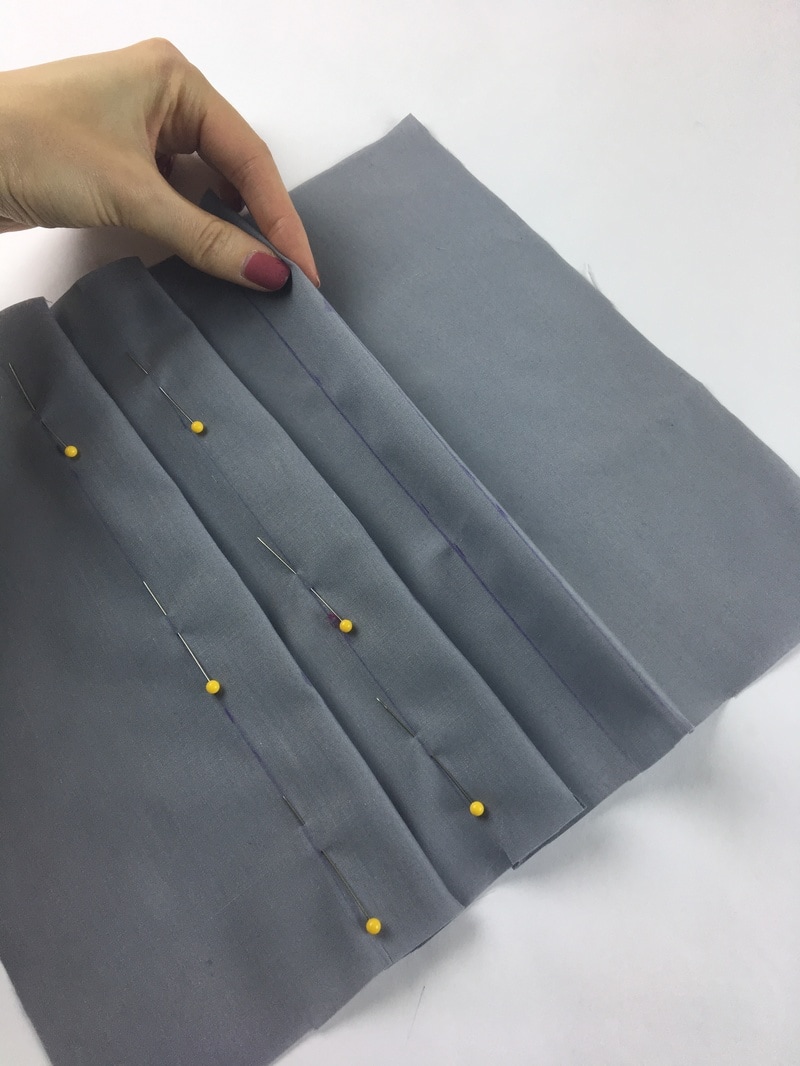
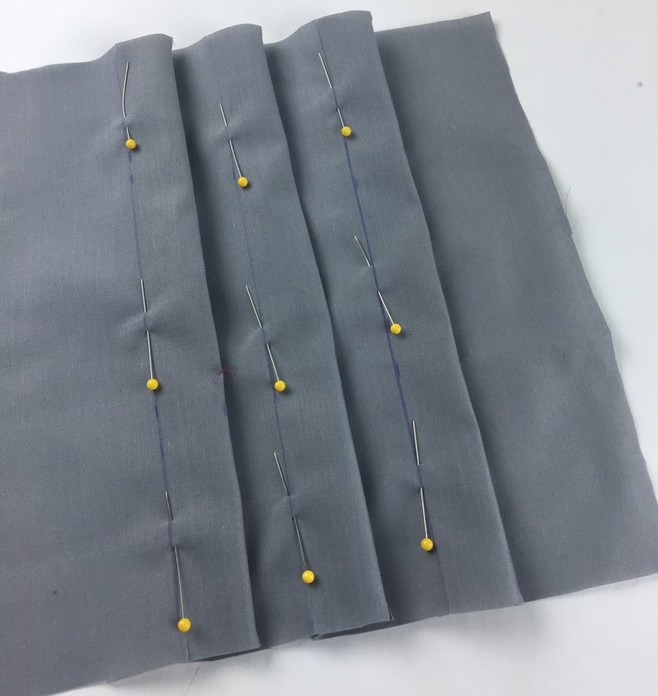
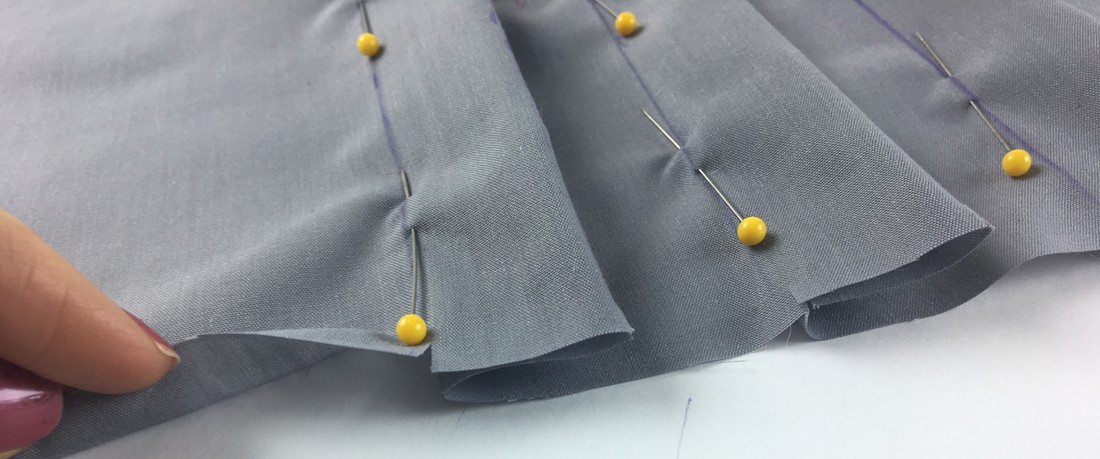
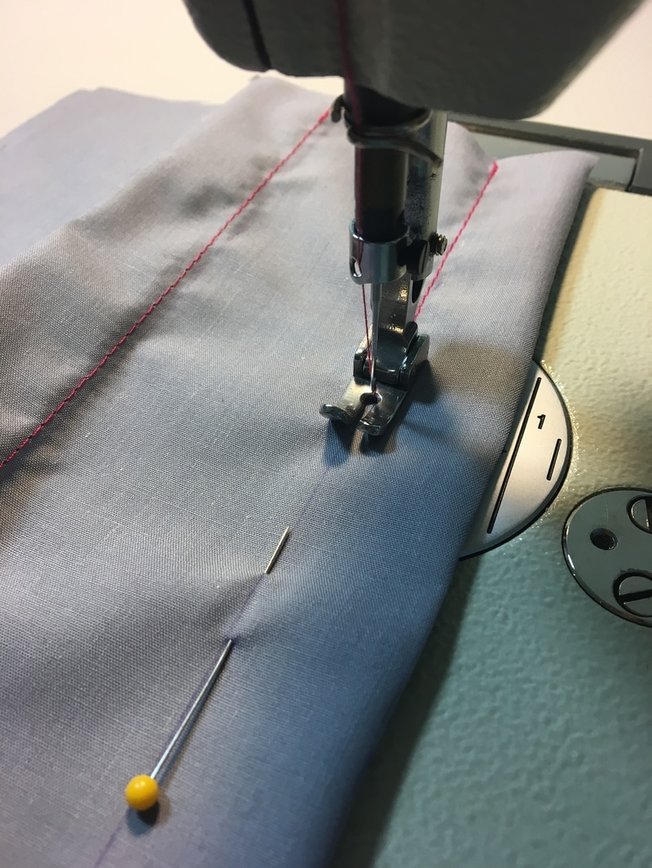
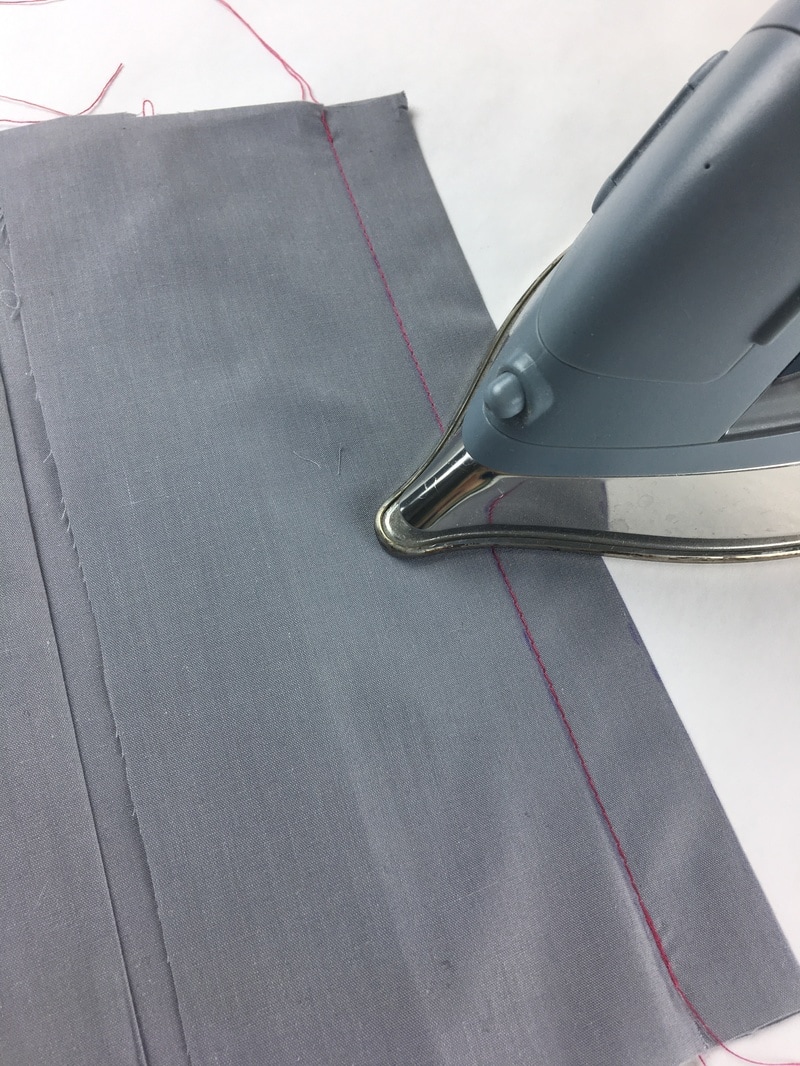
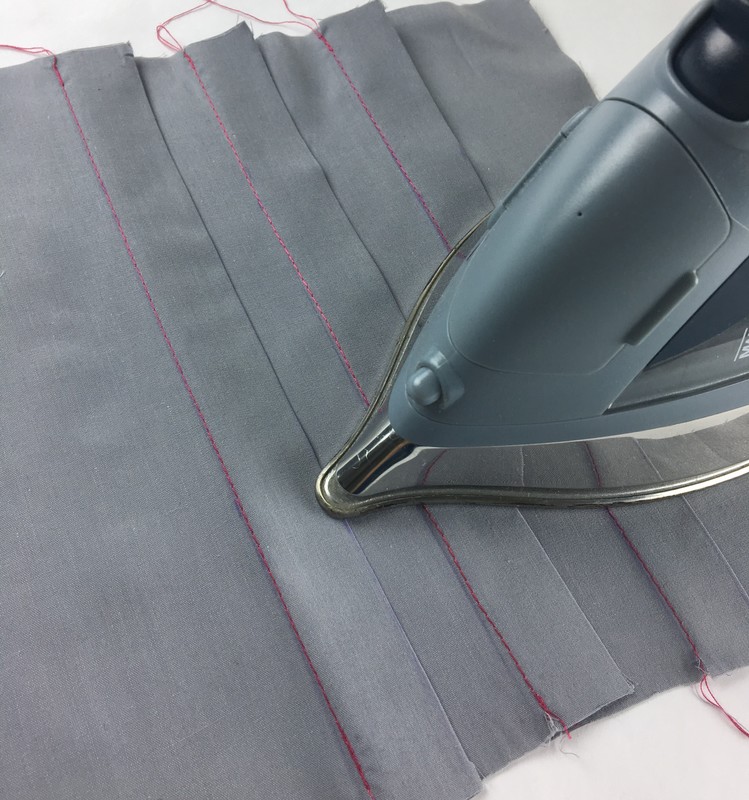
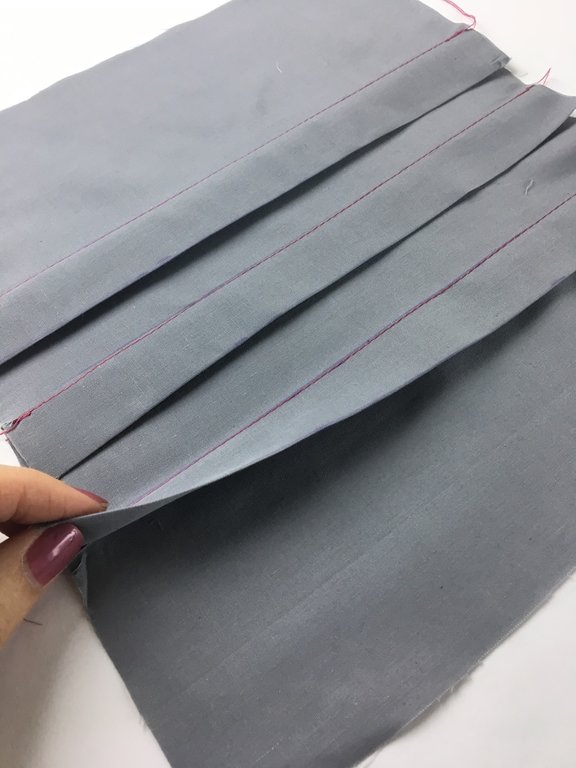
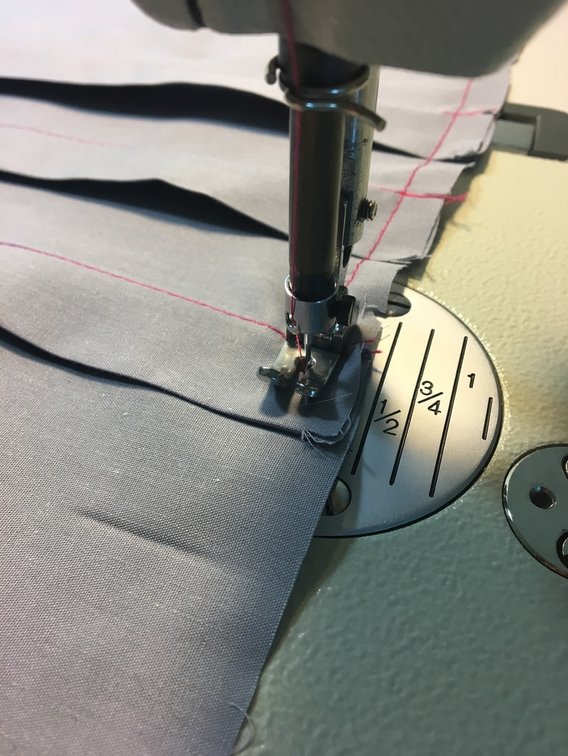
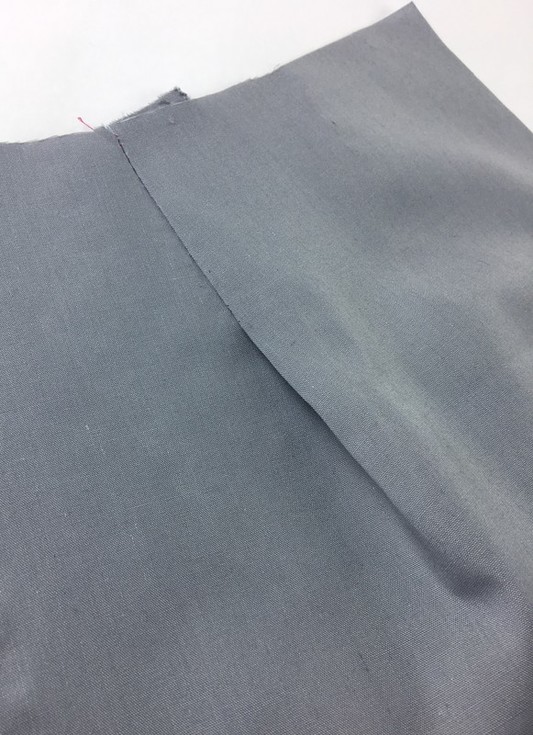
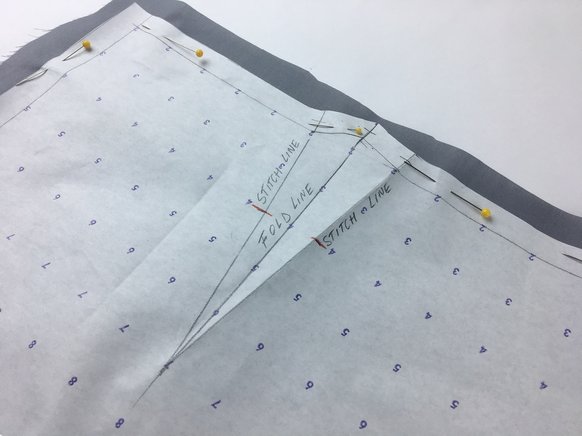
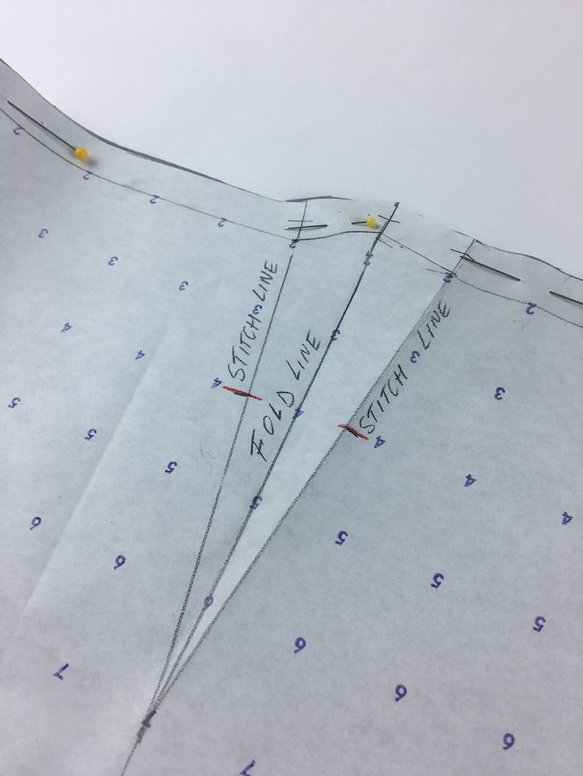
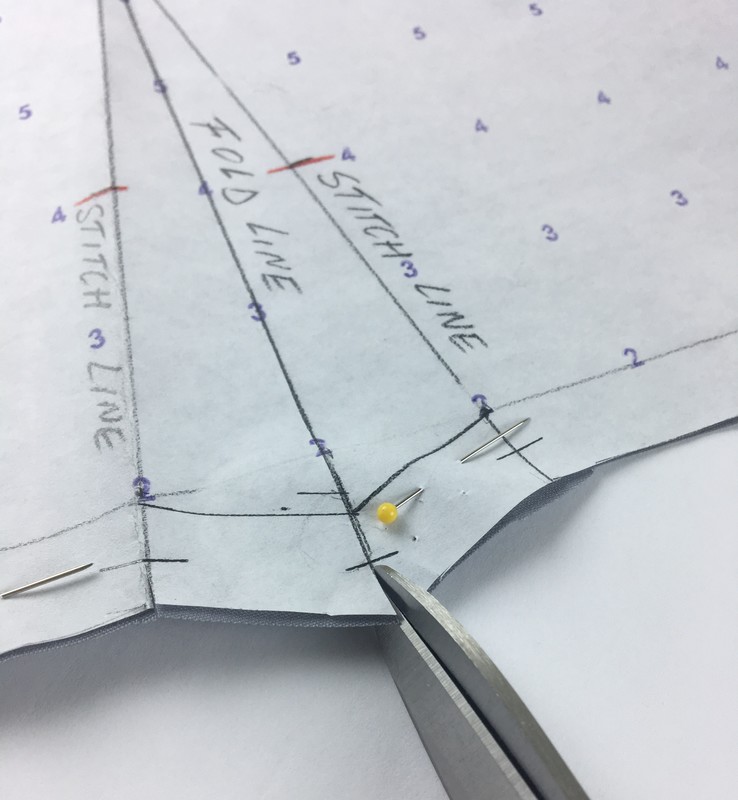
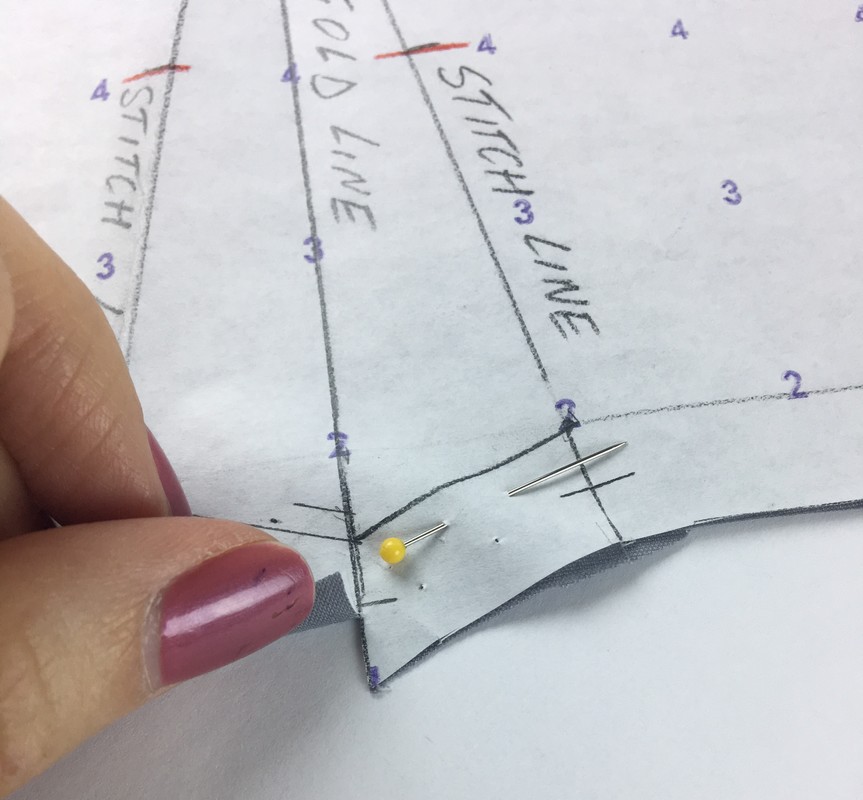
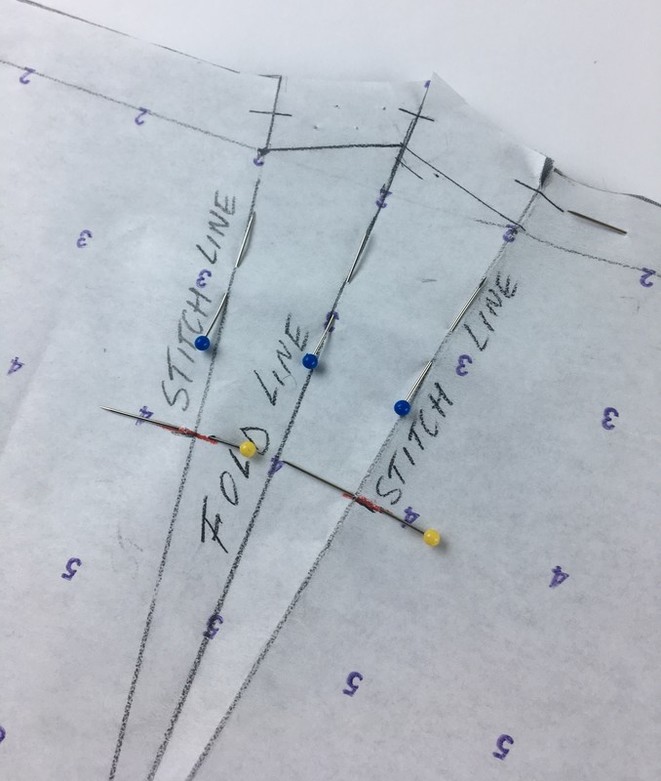
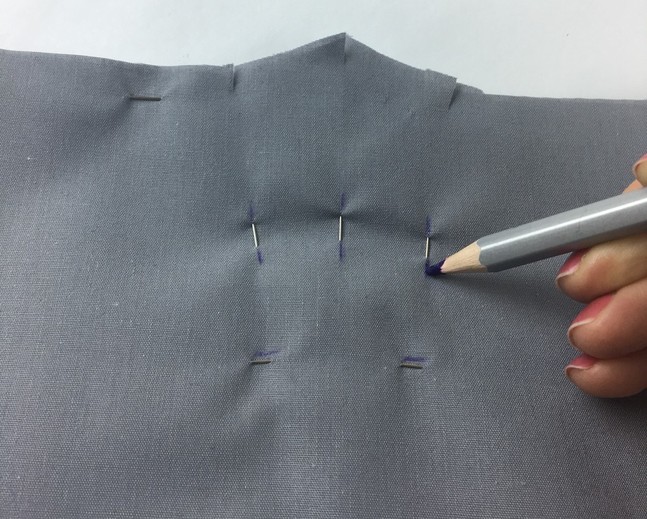
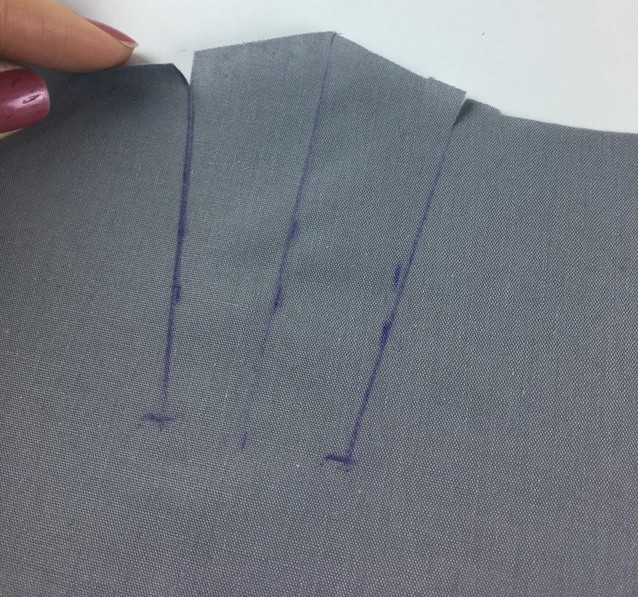
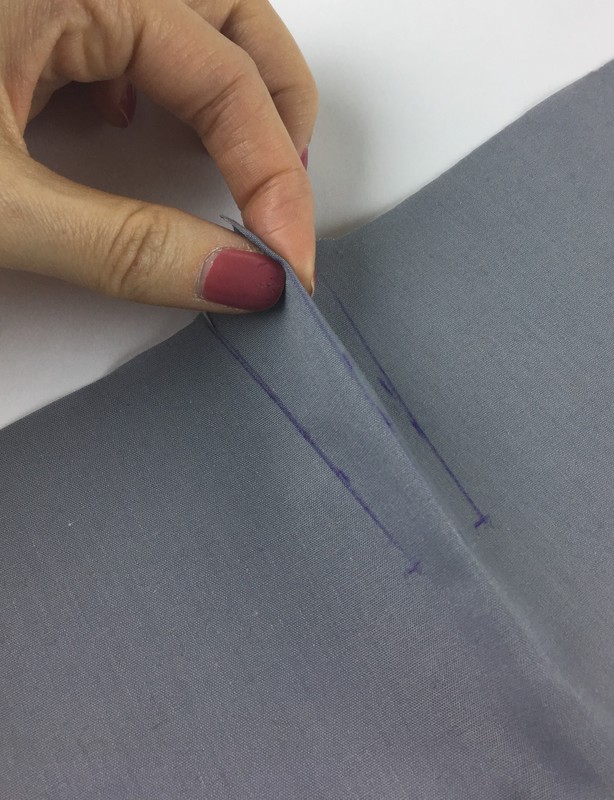
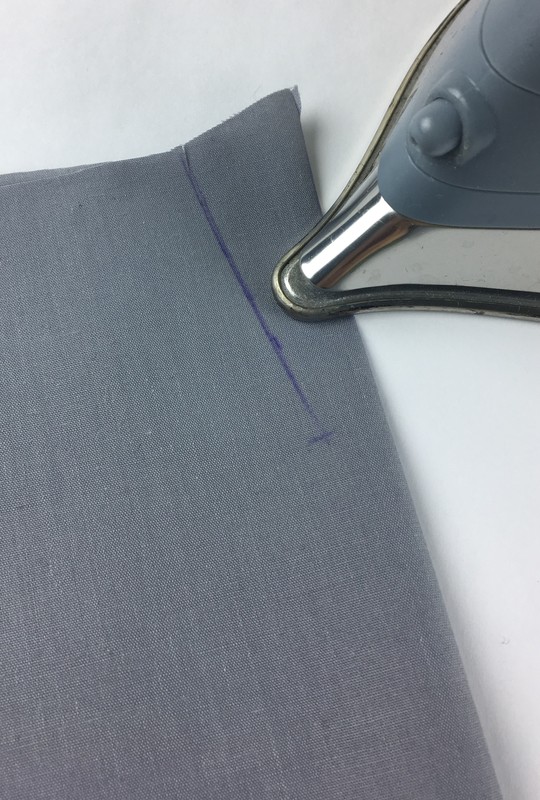
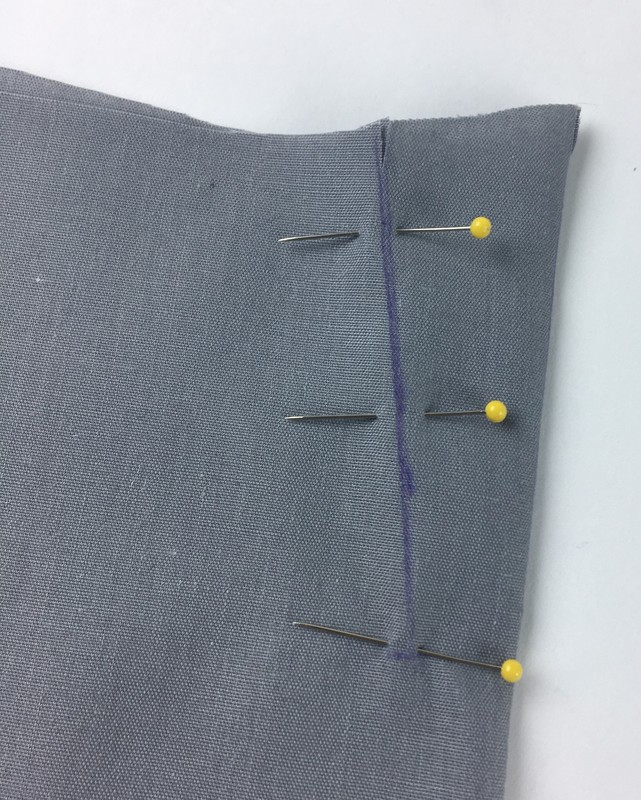
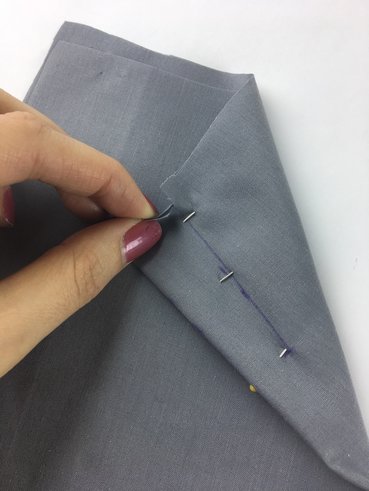
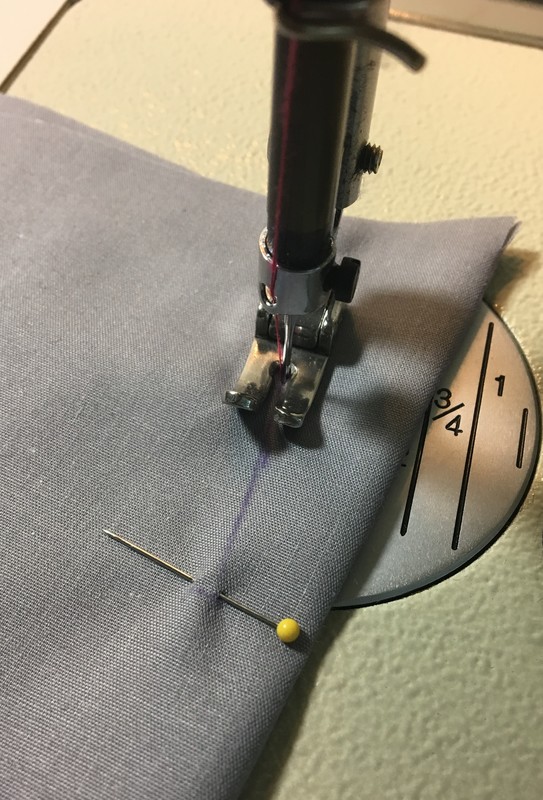
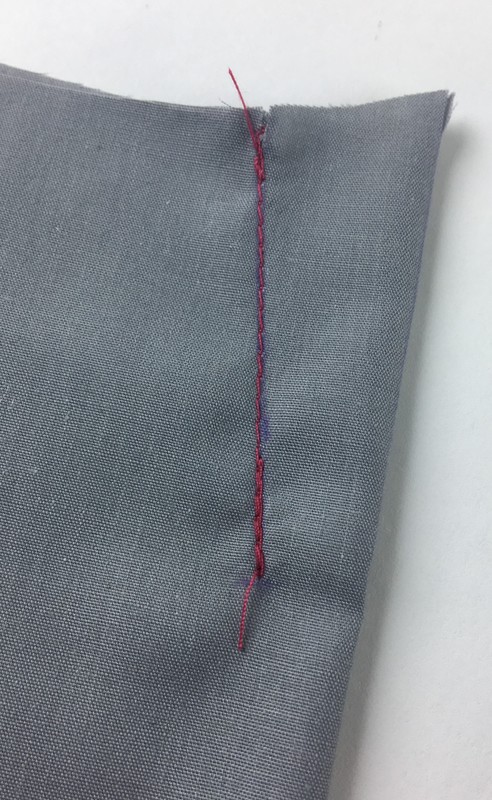
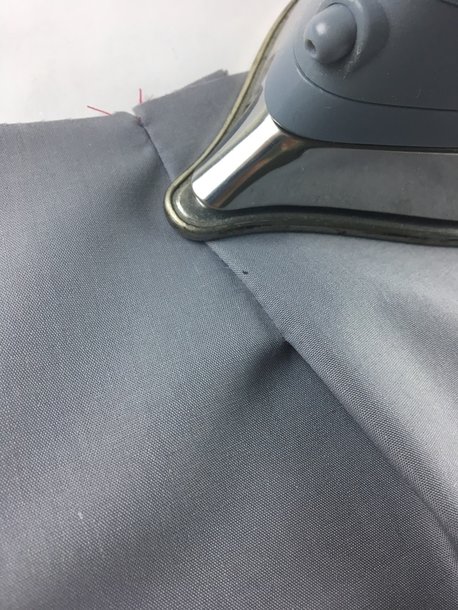
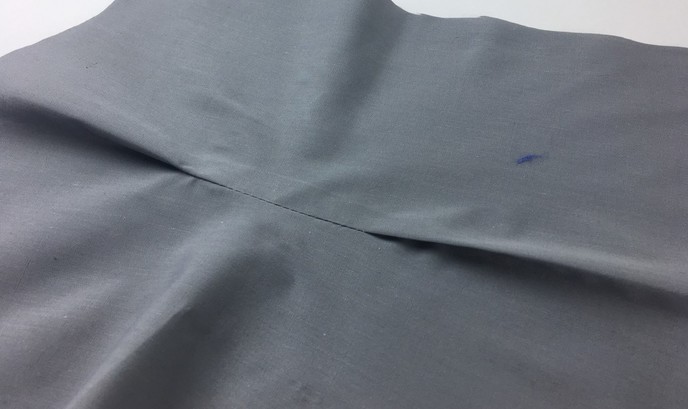
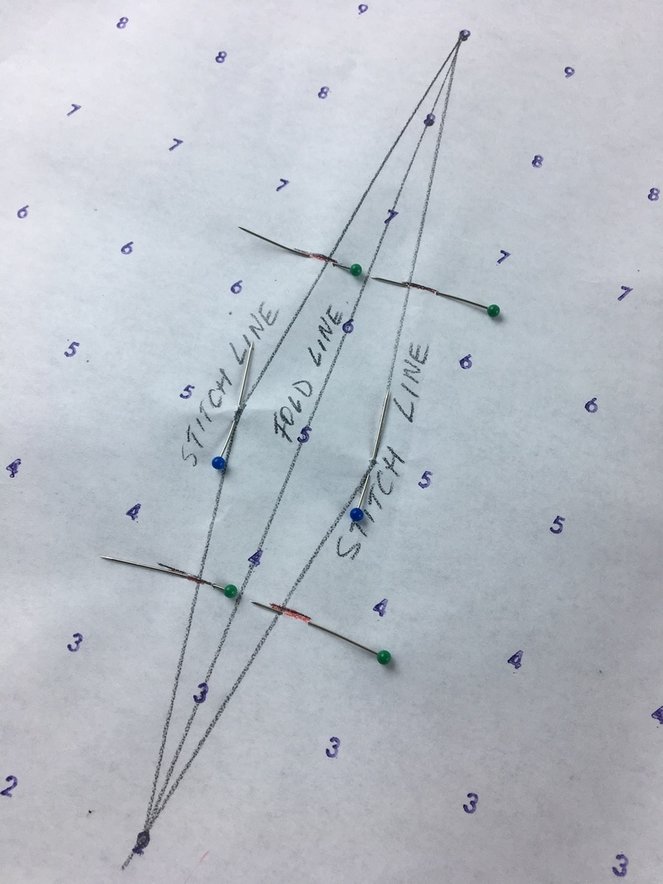
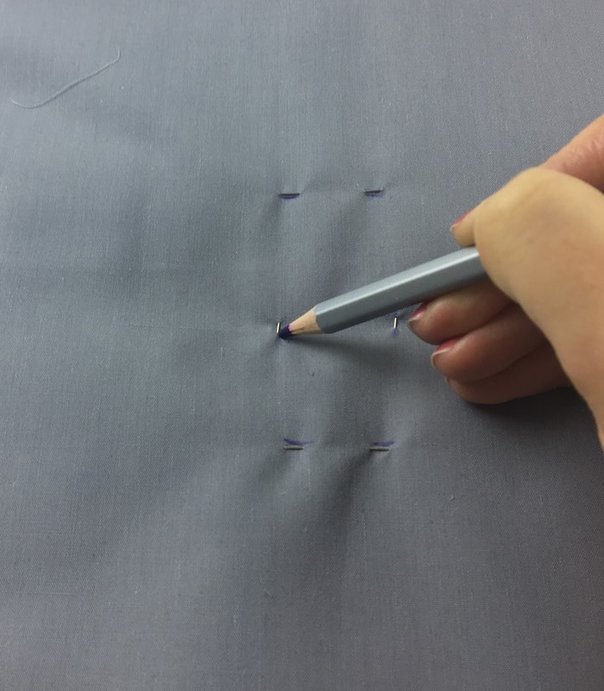
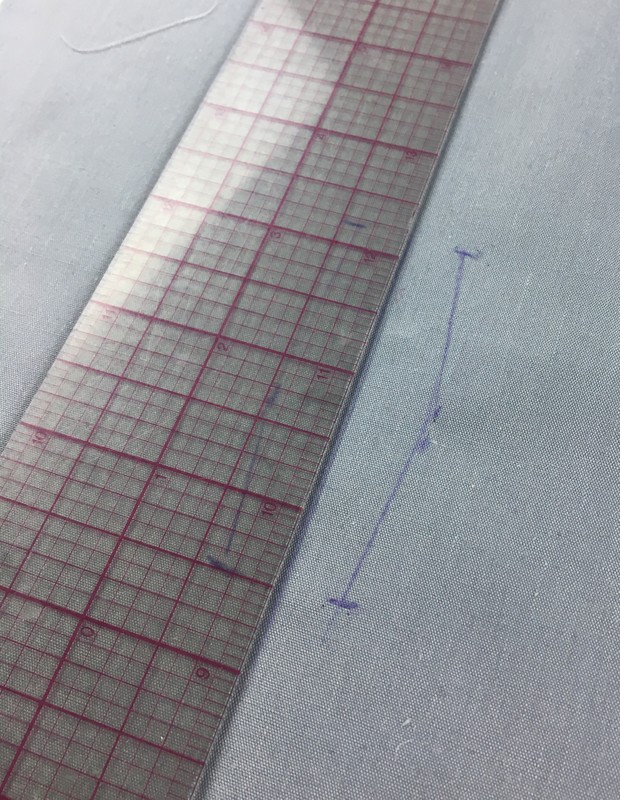
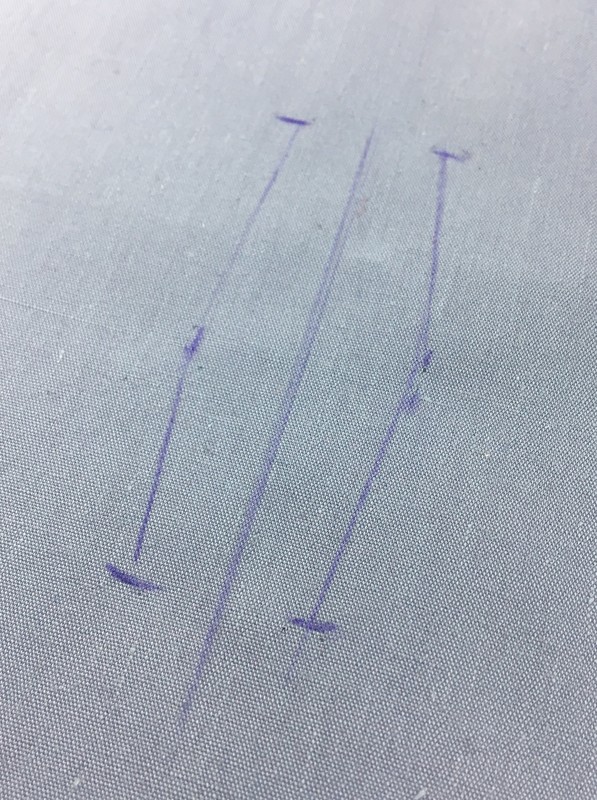
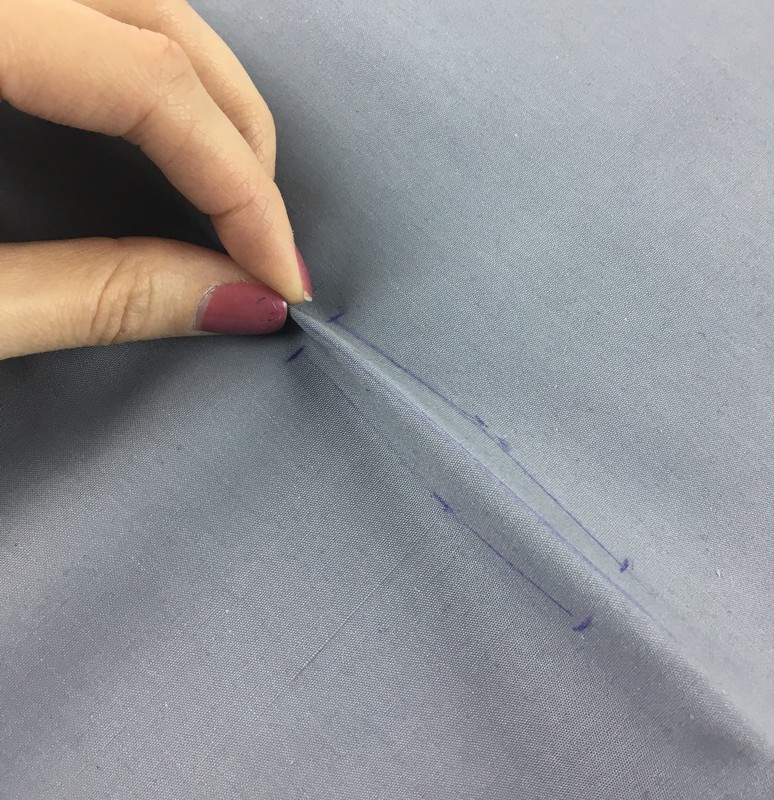
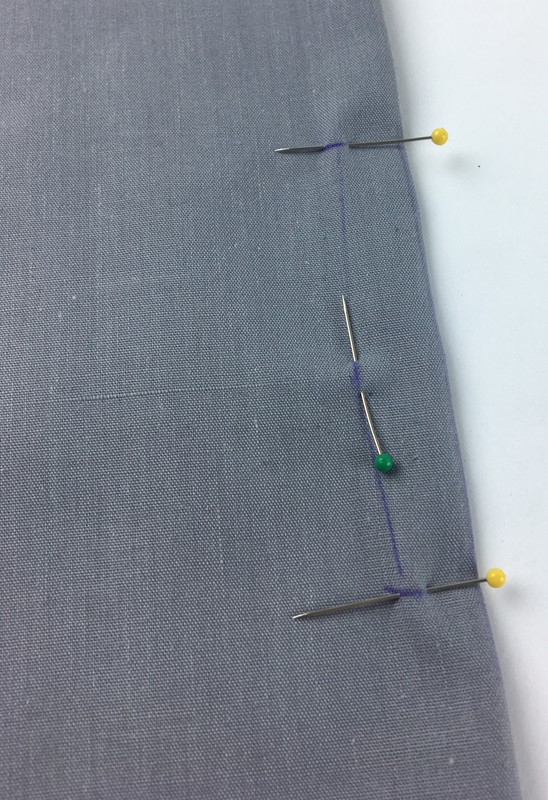
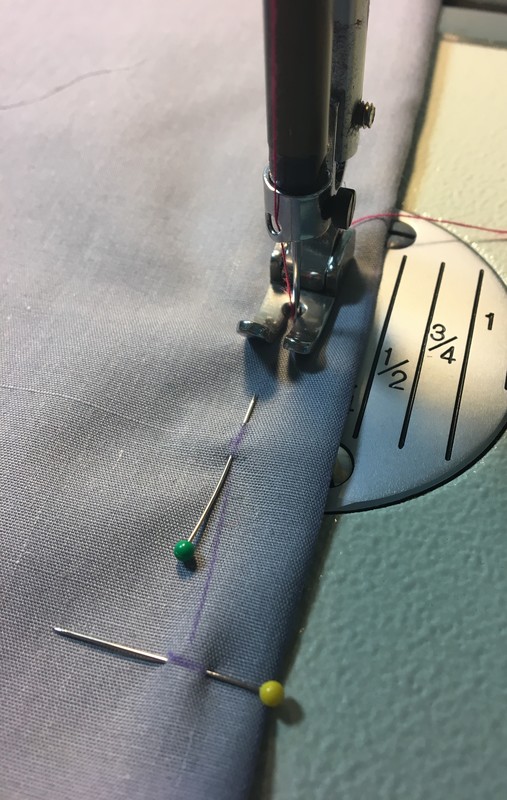
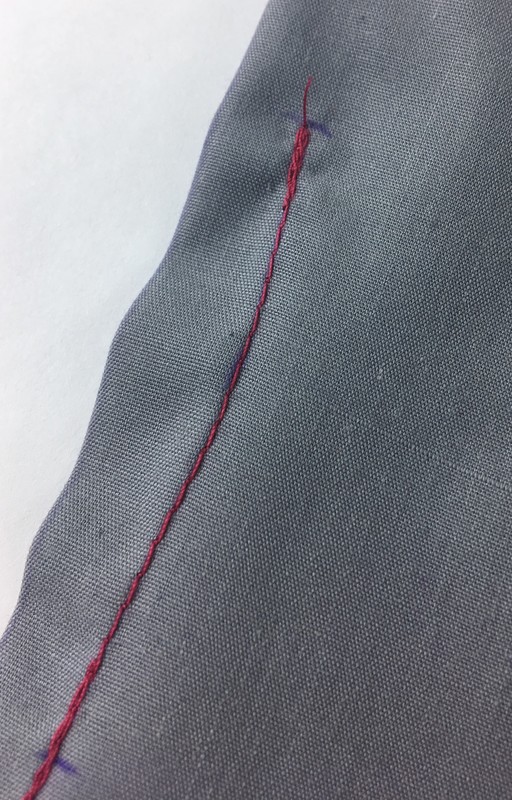
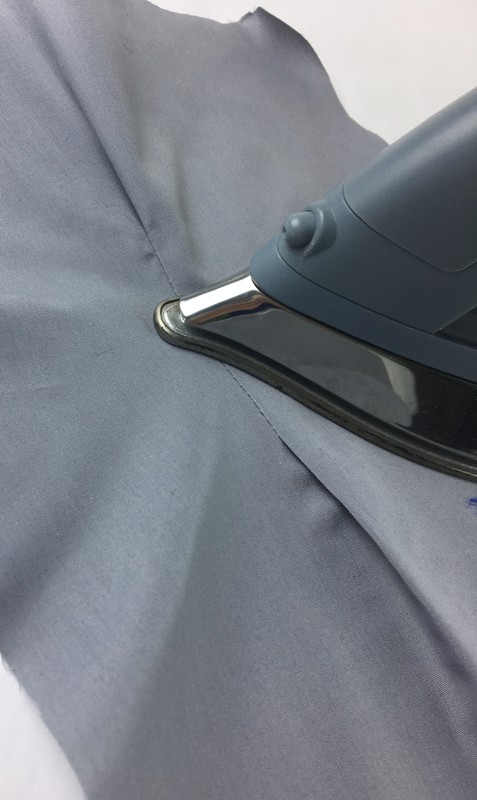


 RSS Feed
RSS Feed

